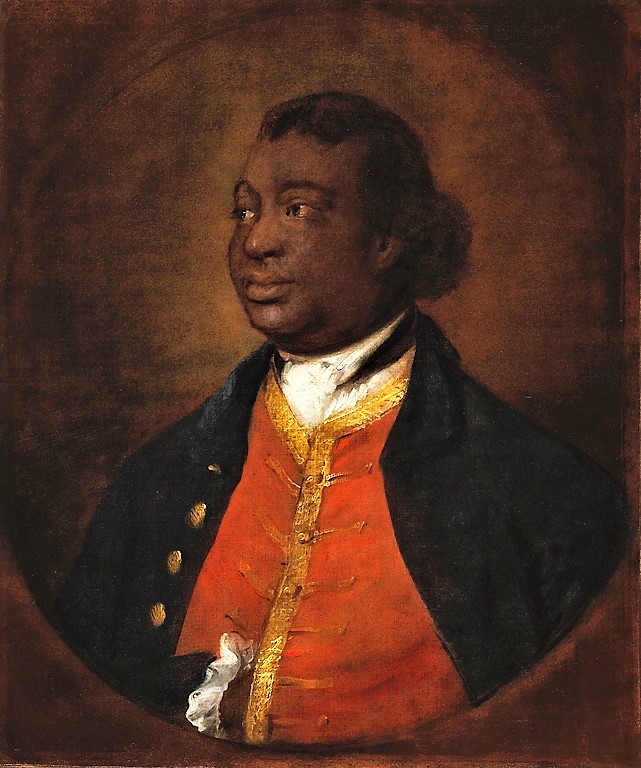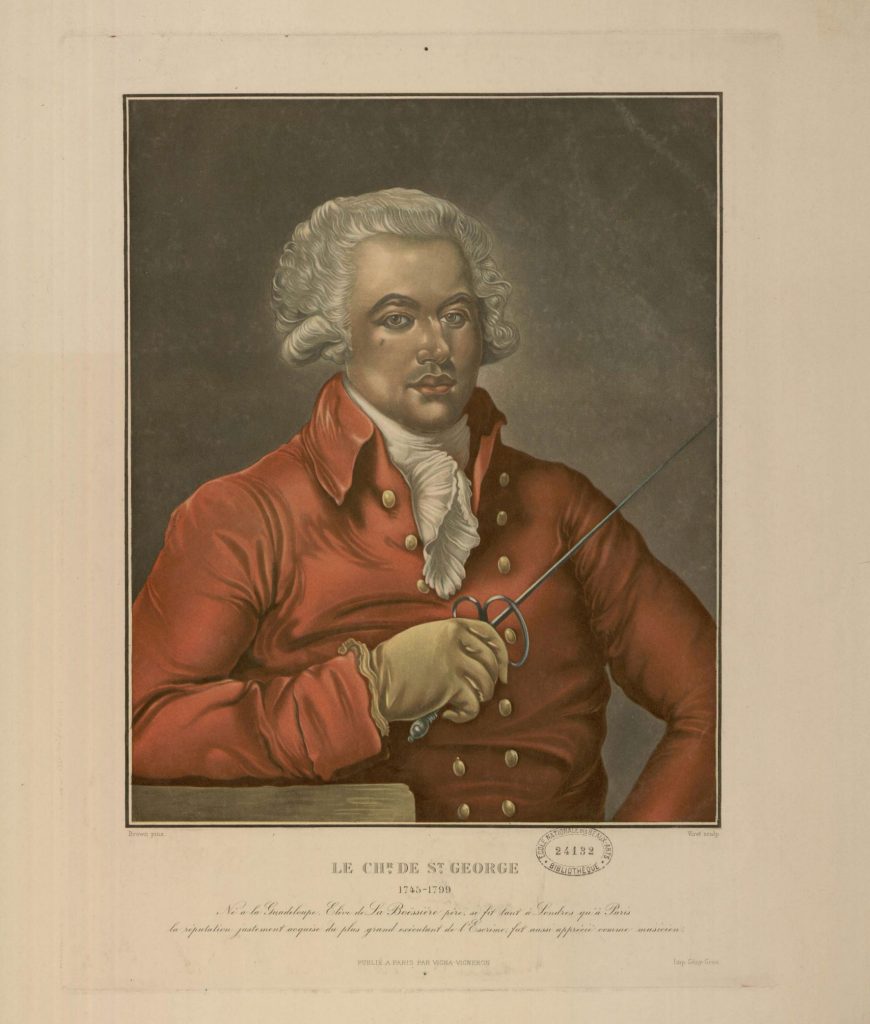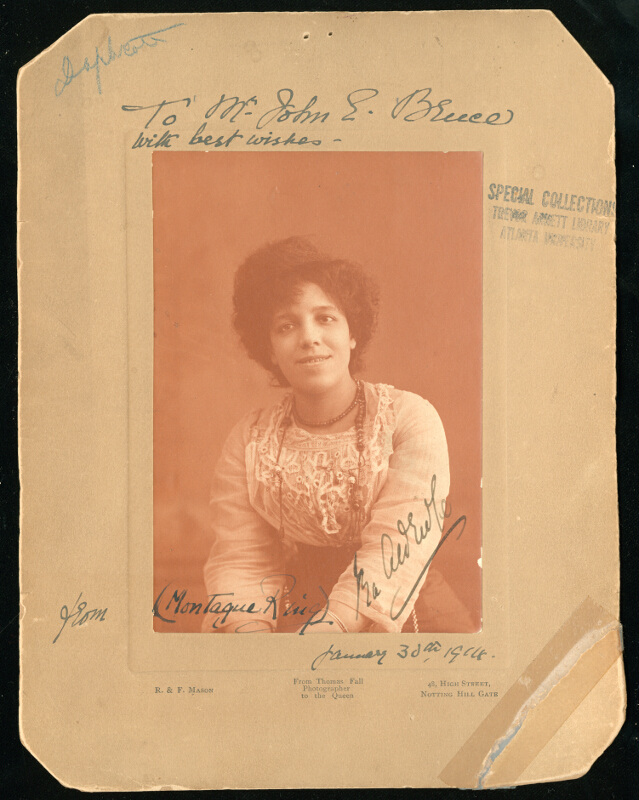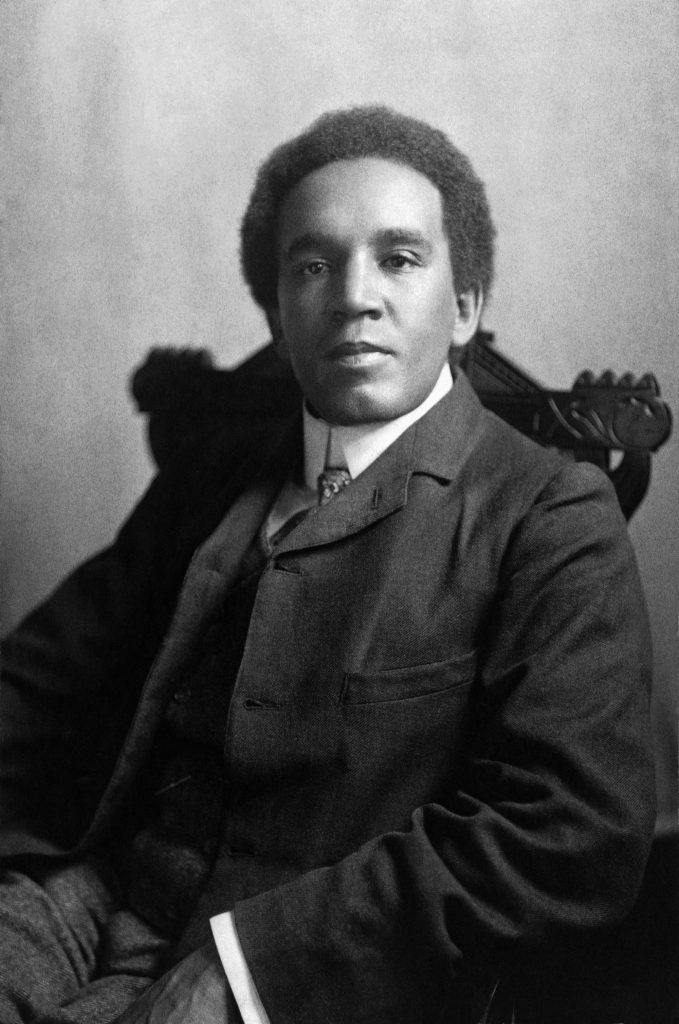Composer Ignatius Sancho
Ignatius Sancho was a businessman, writer and composer in Georgian London, who worked to abolish slavery. He was the first published Black British composer that we have records of.

Ignatius Sancho, 1768 by Thomas Gainsborough, Public Domain via wikicommons
Sancho wrote at least 62 compositions between 1767 and 1779, as well as published other works about music. These were split between four collections:
- Minuets Cotillons & Country Dances, book I, containing 24 dances;
- A Collection of New Songs, six songs on words of William Shakespeare, David Garrick, Anacreon, and unidentified authors;
- Minuets, Cotillons & Country Dances, book II, with 20 dances; and
- Twelve Country Dances for the Year.
It is thought that Sancho developed his talents writing and composition while working for the Duke of Montagu as a Butler. Although his first work was published anonymously as ‘Composed by an African’ the work is dedicated to the Duke of Buccleuch, who had married into the Montagu family, suggesting a connection between his relationship with the family and his work.
You can hear some of Sancho’s pieces at Hear it Live! on Thursday 13 October, 3pm in the Music Gallery, performed by Yeo Yat-Soon.
Academic and researcher Brycchan Carey has also complied a great resource with some recordings of Sancho composed performances and copies of some of the sheet music.
Composer and Conductor Joseph Bologne, Chevalier de Saint-Georges
Joseph Bologne, Chevalier de Saint-Georges, was a virtuoso violinist, who became a conductor of the leading symphony orchestra in Paris. He is considered the first classical composer of African descent.
His musical talents are thought to have developed from a young age, but are not recorded definitively before age 19, when Italian violinist and composer Antonio Lolli composed two concertos for him.

Joseph Bologne, Chevalier de Saint-Georges, Public Domain via wikicommons
Saint-Georges created a sensation when he debuted as a violin soloist in 1772. It was around this time that he started composing, writing six string quartets, 12 violin concertos, two symphonies and eight symphonie-concertante between 1771 and 1779. He went on to write six operas.
You can hear some of Saint-Georges’ work at Hear it Live! on Thursday 13 October, 3pm in the Music Gallery, performed by Yeo Yat-Soon. There are also a number of performances of his work available on YouTube.
Singer and Composer Amanda Aldridge
Amanda Ira Aldridge was an opera singer and composer who came from London. She was born not far away in Upper Norwood in 1866, to the famed American actor, theatre manager and playwright, Ira Aldridge and her Swedish mother, Amanda Brandt. Her older sister Luranah also became an opera singer.

Amanda Aldridge, Public Domain via wikicommons
Aldridge – who published under the name Montague Ring – worked as a singer, composer and teacher, but a problem with laryngitis saw her move into composing and teaching full time. She wrote over 30 songs and pieces of instrumental music between 1907 and 1925. Her songs were popular pieces in a romantic, parlour style that was influenced by many genres. They would have been performed by singers and pianos together.
Aldridge studied at the Royal College of Music in London under notable musicians and singers like Sir George Hensche, Frederick Bridge and Jenny Lind. In turn, she went on to teach many notable Black British singers and performers, like Roland Hayes, Lawrence Benjamin Brown, Marian Anderson, Earl Cameron and Paul Robeson, and Samuel Coleridge-Taylor’s sister, Alice Evans. She continued to teach well into her 80s.
Listen to some of Amanda Aldridge’s pieces on YouTube.
Composer and Conductor Samuel Coleridge-Taylor
Samuel Coleridge-Taylor was a composer and conductor from London. He was born in 1875 in Holborn and brought up in Croydon. His grandfather played the violin, so Coleridge-Taylor grew up hearing music at home, picked up music quickly from his family and tutors, and was sent to the Royal College of Music to study from 15.
He moved from the violin to composition during his studies under Charles Stanford, and gained a scholarship for four years. Elgar said that he was, “far away the cleverest of the young men.” and helped to support his word resulting in ‘Ballade’, an orchestral work.

Samuel Coleridge-Taylor, Public Domain via wikicommons
By 1900, his most famous work, Hiawatha’s Wedding Feast, was performed at the Royal Albert Hall. He toured both Britain and America, meeting then President, Theodore Roosevelt. He also spent time teaching at Trinity College of Music and the Guildhall School of Music.
Although he died when only 37, he composed around 100 works, from theatre works and salon music, to a symphony and an opera. You can listen to some of his works on Spotify and YouTube.
His daughter, Gwendolen Avril Coleridge-Taylor, followed in his footsteps as a conductor and composer. She was the first female conductor of HMS Royal Marines, and often appeared at a guest conductor for the BBC and London Symphony Orchestras.


